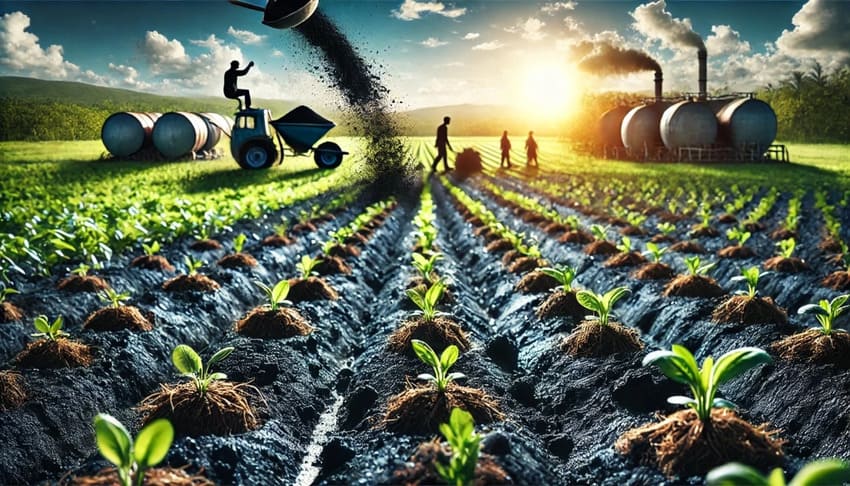
Soil Sciences
Soil science is the study of soil as a natural resource on
the surface of the Earth including soil formation, classification and mapping;
physical, chemical, biological, and fertility properties of soils; and these
properties in relation to the use and management of soils.
Sometimes terms which refer to branches of soil science,
such as pedology (formation, chemistry, morphology, and classification of soil)
and edaphology (how soils interact with living things, especially plants), are
used as if synonymous with soil science. The diversity of names associated with
this discipline is related to the various associations concerned. Indeed, engineers,
agronomists, chemists, geologists, physical geographers, ecologists,
biologists, microbiologists, silviculturists, sanitarians, archaeologists, and
specialists in regional planning, all contribute to further knowledge of soils
and the advancement of the soil sciences.
Soil scientists have raised concerns about how to preserve
soil and arable land in a world with a growing population, possible future
water crisis, increasing per capita food consumption, and land degradation.
Soil occupies the pedosphere, one of Earth's spheres that
the geosciences use to organize the Earth conceptually. This is the conceptual
perspective of pedology and edaphology, the two main branches of soil science.
Pedology is the study of soil in its natural setting. Edaphology is the study
of soil in relation to soil-dependent uses. Both branches apply a combination
of soil physics, soil chemistry, and soil biology. Due to the numerous
interactions between the biosphere, atmosphere and hydrosphere that are hosted
within the pedosphere, more integrated, less soil-centric concepts are also
valuable. Many concepts essential to understanding soil come from individuals
not identifiable strictly as soil scientists.
- Soil Physics
- Soil Erosion And Conservation
- Soil Fertility And Fertilizer Use
- Soil Biology And Biochemistry
- Soil Chemistry
- Statistics of Soil Science Research
- Soil Mineralogy
- Soil Genesis
- Soil Survey And Classification
- Radioisotopes in Soil And Plant Studies
- Management of Problematic Soils And Water
- Environment and Soil
- Water
- Air Pollution
- Remote Sensing and GIS Techniques for Soil and Crop Studies
- Analytical Techniques and Instrumental Methods in Soil and Plant Analysis
- Fertilizer and Bio-Fertilizer Technology
- Soil salinity
- Soil reaction
- Plant nutrient uptake
- GEOMORPHOLOGY AND GEOCHEMISTRY
Recent Published
Submit Manuscript
To give your manuscript the best chance of publication, follow these policies and formatting guidelines.


